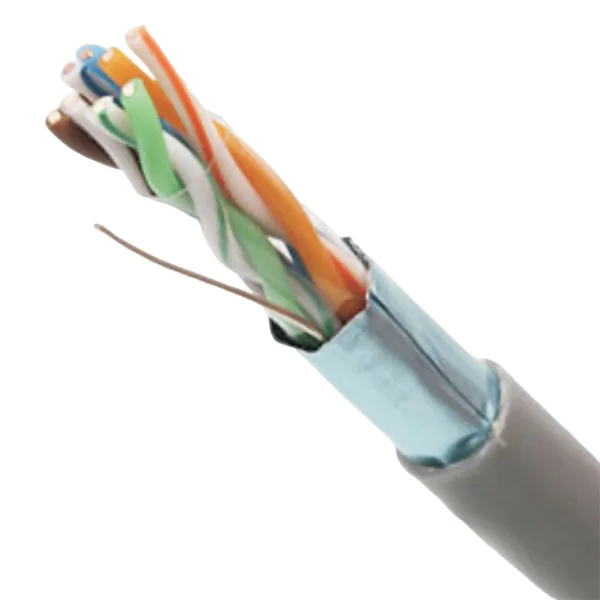In the realm of electronics, relays play a pivotal role that often goes unnoticed. These electromechanical devices serve as switches that can control a circuit by a low-power signal or multiple circuits by one signal. Understanding what a relay is, how it operates, and its various applications can significantly enhance your grasp of electronic systems and their functionalities.
What is a Relay?
At its core, a relay is an electrically operated switch. It consists of a coil, an armature, a spring, and one or more sets of contacts. When an electric current passes through the coil, it generates a magnetic field that pulls the armature towards it, either closing or opening the contacts. This action allows the relay to control a larger power circuit with a smaller control signal, making it an essential component in various electronic applications.
Types of Relays
Relays come in several types, each designed for specific applications:
- Electromechanical Relays (EMR): These are the most common type, utilizing mechanical movement to open or close contacts. They are ideal for applications requiring high current handling.
- Solid State Relays (SSR): Unlike EMRs, SSRs use semiconductor devices to perform switching without moving parts. This results in faster switching times, longer lifespans, and greater resistance to shock and vibration.
- Reed Relays: These contain two ferromagnetic reeds sealed in a glass envelope. When a magnetic field is applied, the reeds come together to complete the circuit. Reed relays are known for their compact size and fast switching capabilities.
- Time Delay Relays: These relays incorporate a timing mechanism that delays the switching action, allowing for controlled timing in circuits. They are commonly used in applications like HVAC systems and industrial automation.
- Latching Relays: These relays maintain their position after being actuated, requiring a second signal to return to their original state. They are useful in applications where power conservation is critical.
How Do Relays Work?
The operation of a relay can be broken down into several stages:
- Energizing the Coil: When a voltage is applied to the relay coil, it creates a magnetic field.
- Movement of the Armature: The magnetic field attracts the armature, which is mechanically linked to the contacts. Depending on the relay design, this movement either opens or closes the contacts.
- Switching the Circuit: The movement of the armature alters the state of the contacts, allowing or interrupting the flow of current in the controlled circuit.
- De-energizing the Coil: When the voltage is removed, the magnetic field collapses, and the spring returns the armature to its original position, resetting the contacts.
Applications of Relays
Relays are ubiquitous in electronic systems, serving a multitude of functions:
- Automotive Systems: Relays are used to control headlights, fuel pumps, and other high-current devices without requiring heavy-duty switches in the vehicle's cabin.
- Industrial Automation: In manufacturing, relays are integral to controlling machinery, conveyor belts, and safety systems, allowing for remote operation and automation.
- Home Appliances: Many household devices, such as washing machines and microwaves, utilize relays to manage different operational states.
- Telecommunications: Relays are employed in telephone exchanges and data centers to manage signal routing and ensure reliable communication.
Advantages of Using Relays
- Isolation: Relays provide electrical isolation between the control circuit and the load circuit, protecting sensitive components from high voltages.
- Control of High Power Loads: They enable low-power devices to control high-power circuits, making them essential in applications where direct control is impractical.
- Multiple Circuit Control: A single relay can control multiple circuits, simplifying design and reducing component count.
- Versatility: With various types available, relays can be tailored to meet specific operational requirements across different industries.
Conclusion
Relays are fundamental components in the world of electronics, providing essential functionality in controlling circuits and managing power. Their diverse types and applications make them invaluable in both consumer electronics and industrial systems. Understanding relays not only enhances your knowledge of electronic systems but also equips you with the tools to design and troubleshoot complex circuits effectively. As technology continues to evolve, the role of relays will undoubtedly adapt, but their core function as reliable circuit controllers will remain a cornerstone of electronic design.



